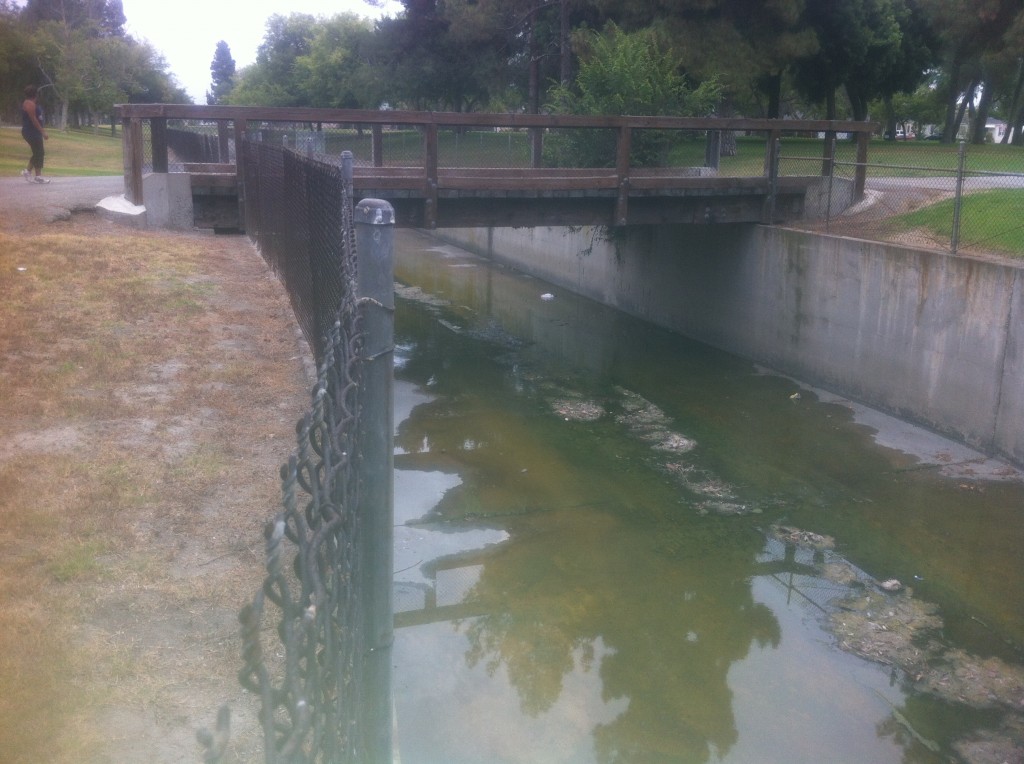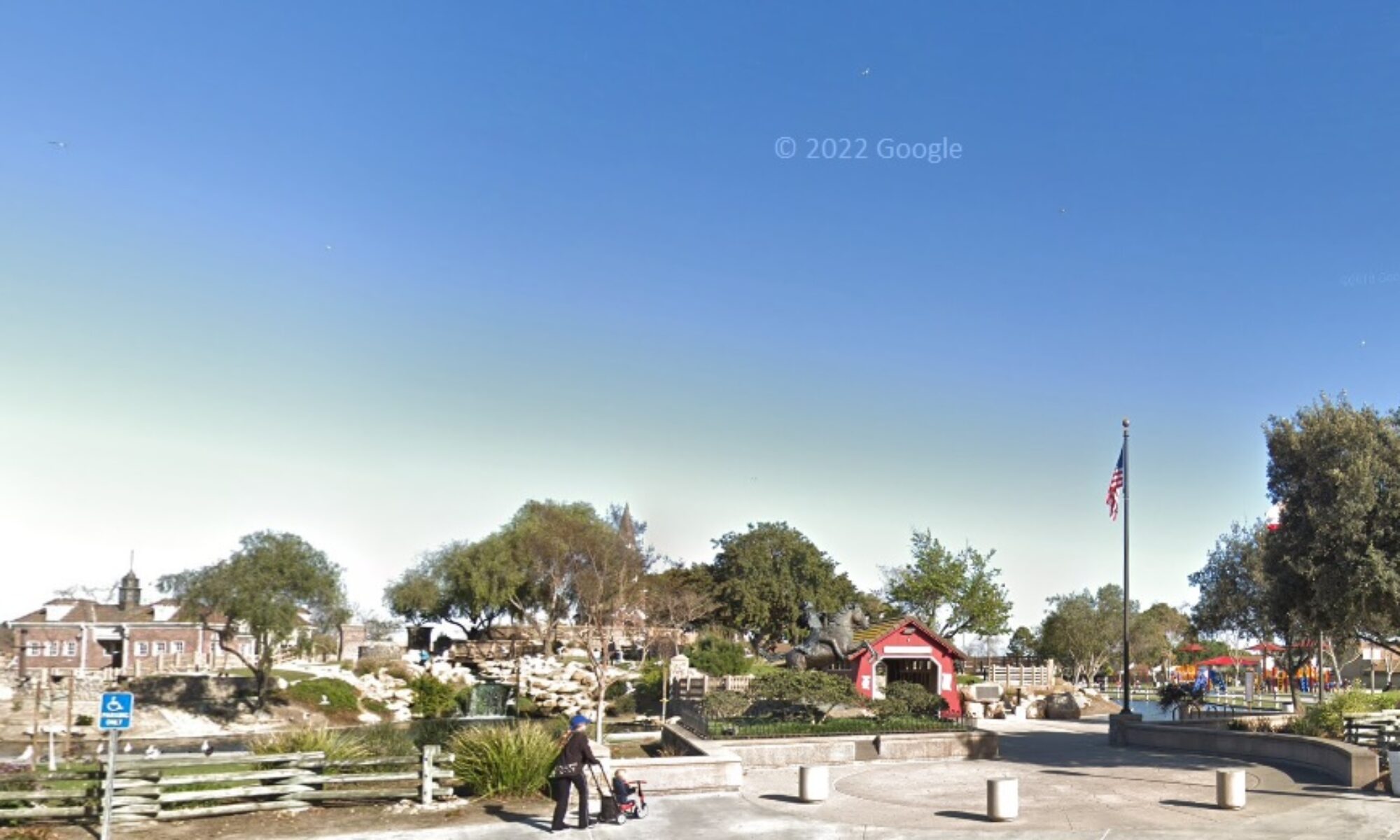If your backyard borders the San Gabriel River, you might want to put your Chihuahua indoors before the sun sets, if a recent eyewitness report from Lakewood, California, is true. Something predatory may be flying along storm channels in Southern California, and we’re not talking about a hawk or an owl. Strange to tell, but it seems to be a flying cryptid, as in “cryptozoology.”
First, the more recent sighting, on June 19, 2012, was in Lakewood, California, at about noon, in a backyard that borders a storm channel that is about twenty feet wide. A lady was irritated at the constant barking of her dog, and walked out to see the reason. On the phone line near the edge of the channel, about twenty feet from her head, was a strange winged creature that caused the lady to think “dragon pterodactyl.”
Fighting the urge to run away into her house, the terrified woman was just curious enough to stare at the long-tailed featherless flying creature. The “dragon-pterodactyl” was more frightened than curious from the encounter and flew away into the canopy of a nearby tree. The woman and her husband immediately jumped into their car and drove around looking for the featherless flier, but with no success. They did succeed to finding information online: The creature is called “ropen.”
The woman estimated the wingspan at about six feet, perhaps more, and the tail length at about four feet. The end of the tail had a “triangle” that suggests a Rhamphorhynchoid pterosaur flange, but the woman simply related it to a “dragon” tail-end.
.

Storm channel that runs through a park in Long Beach and is connected to the storm drain over which an apparent ropen was seen perching on a phone line, on June 19, 2012
This storm channel empties into a bay in southeast Long Beach, seventeen miles from where another storm channel empties. That other one runs very near where a giant ropen was reported flying in daylight, in 2007, near the San Joaquin Wildlife Sanctuary, in Orange County. That ropen was much larger, with an estimated length of thirty feet. In that part of California, perhaps you should put your Great Dane indoors at night. Ropens are said to be nocturnal predators.
Lakewood, California, has a Flying Predator
The lady’s husband told me that he had noticed an absence of possums in the past twelve months; they used to run along the phone lines often, but they seem to have almost disappeared. The only he has seen in recent months was not on the phone line but on a fence. The eyewitness saw the flying creature sitting on the phone line, so it seems likely to be a predator that eats possums and probably rats.
How did a Dragon get to Lakewood?
The eyewitness in Lakewood estimated its wingspan at about six feet (perhaps more) and it flew away from her when she used a loud voice. But there have been fewer possums in that neighborhood, at least the ones that used to run along the phone lines at night, far fewer.


